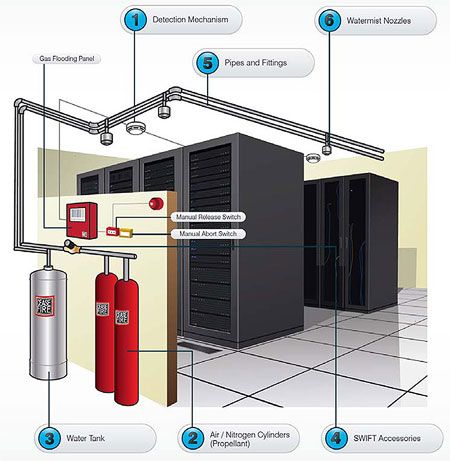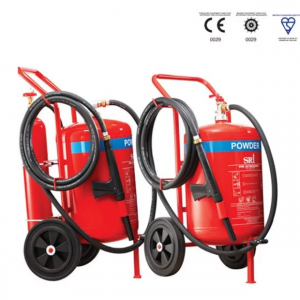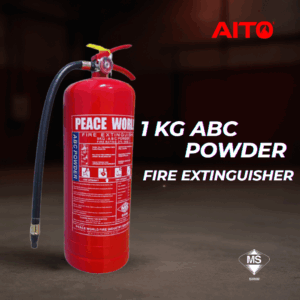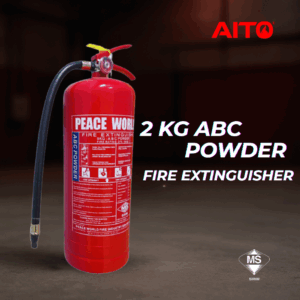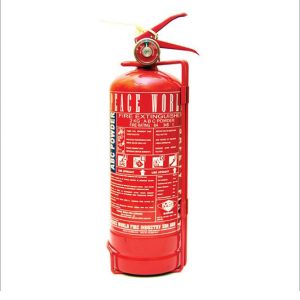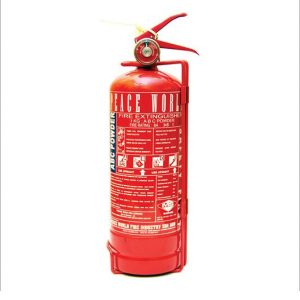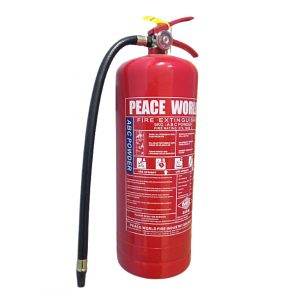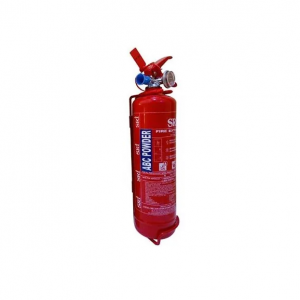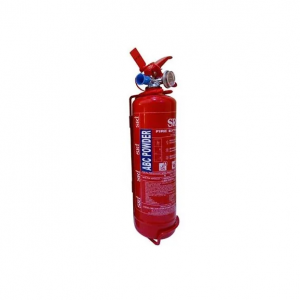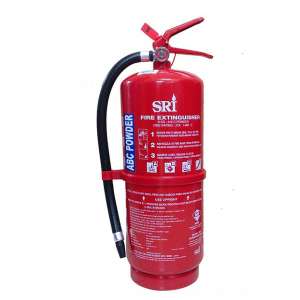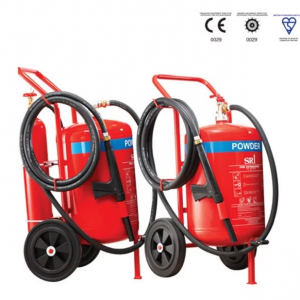Data Center Fire Suppression System Meets UBBL Standards
Introduction
Data centers house critical infrastructure and sensitive data, making fire suppression systems a vital component of their safety measures. In Malaysia, the Uniform Building By-Laws (UBBL) set forth specific requirements to ensure the safety and protection of buildings, including data centers, from fire hazards. This article outlines the data center fire suppression system that comply with UBBL standards, focusing on types, implementation strategies, and best practices.
UBBL Standards for Fire Suppression
The Uniform Building By-Laws 1984 (UBBL) in Malaysia provide comprehensive guidelines for fire safety. Key UBBL requirements relevant to fire suppression systems in data centers include:
- Automatic Fire Suppression: Installation of automatic fire suppression systems in areas housing critical equipment.
- Fire Detection and Alarm Systems: Integration with fire detection and alarm systems for immediate response.
- Emergency Exits and Signage: Clearly marked emergency exits and proper signage.
- Regular Maintenance: Routine inspections and maintenance of fire suppression systems.
- Compliance with Recognized Standards: Systems should comply with recognized fire protection standards, such as those from NFPA.
Types of Fire Suppression Systems Complying with UBBL
1. Water-Based Fire Suppression Systems
- Pre-Action Sprinkler Systems: These systems are particularly suited for data centers as they are activated by a fire detection system before water is released into the pipes, minimizing accidental water discharge.
- Wet Pipe Sprinkler Systems: Constantly filled with water, these systems are highly reliable but less common in data centers due to the potential risk of water damage.
2. Gaseous Fire Suppression Systems
- FM-200 Systems: Use FM-200 gas to suppress fires without damaging electronic equipment. This gas is stored in cylinders and released upon fire detection, quickly extinguishing the fire by removing heat.
- NOVEC 1230 Systems: NOVEC 1230 is another clean agent that is environmentally friendly and safe for electronics. It works by absorbing heat and interrupting the fire’s chemical reactions.
- Inergen Systems: Use a blend of inert gases (nitrogen, argon, and CO2) to reduce oxygen levels and suppress the fire, suitable for occupied areas due to its safety profile.
3. Aerosol Fire Suppression Systems
- Condensed Aerosol Systems: Release fine particles that interrupt the chemical reactions of a fire, effective in enclosed spaces and safe for electronic equipment.
Implementation Strategies
Implementing a fire suppression system that meets UBBL standards involves several key strategies:
1. Comprehensive Risk Assessment
Conduct a detailed risk assessment to identify potential fire hazards and areas requiring protection. This helps in selecting the appropriate type of fire suppression system.
2. System Design and Integration
Design the fire suppression system to integrate seamlessly with existing fire detection and alarm systems. Ensure that the system covers all critical areas, including server rooms, power supply units, and storage areas.
3. Regular Maintenance and Testing
Routine maintenance and testing are crucial to ensure the system’s functionality. This includes:
- Regular Inspections: Check the condition of all components, such as valves, cylinders, and detectors.
- Testing Procedures: Conduct regular tests to verify system performance, including alarm triggers and discharge tests for gaseous systems.
4. Compliance and Documentation
Ensure the fire suppression system complies with UBBL and other relevant standards, such as NFPA 75 and NFPA 76. Maintain detailed documentation of all inspections, tests, and maintenance activities.
5. Training and Drills
Train staff on the operation of the fire suppression system and conduct regular fire drills to ensure preparedness in case of an emergency.
Best Practices for Compliance
To maintain compliance with UBBL standards, follow these best practices:
- Engage Certified Professionals: Work with certified fire protection engineers and contractors to design, install, and maintain the fire suppression system.
- Adopt Redundancy: Implement redundant systems and backup components to ensure reliability.
- Monitor and Update: Continuously monitor the fire suppression system’s performance and update components as needed to adhere to the latest standards and technologies.
- Environmentally Friendly Agents: Opt for environmentally friendly fire suppression agents, such as NOVEC 1230, to minimize environmental impact and ensure safety.
Meeting UBBL standards for data center fire suppression system is essential for safeguarding critical infrastructure and data. By selecting the appropriate suppression system, conducting regular maintenance, and adhering to best practices, data centers can ensure compliance with UBBL and enhance their fire protection measures. Regular training and preparedness drills further bolster the effectiveness of these systems, ensuring a comprehensive approach to fire safety.
We’ll work with you to create a fire protection plan tailored to your specific needs.
Call us now at +603-7831 4791 or click here to schedule your free consultation. Your safety is our mission – let’s achieve it together.

